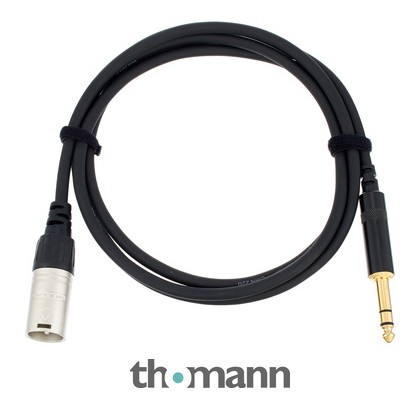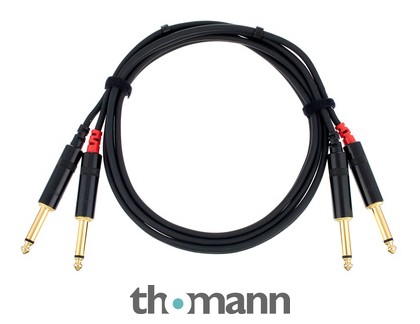This is a review and detailed measurements of the Motu M2 Audio Interface (DAC, ADC and headphone amplifier). It is on kind loan from a local member and costs US $179. I previously
reviewed Motu M4 which is its larger brother.
The M2 has the look of other Motu products:
View attachment 109298
I like the color LED bar graphs as if you don't get sound, you know whether it is or is not getting to the product. Front panel sockets are for input sans the 1/4 headphone jack. The back has the only set of outputs (both balanced TRS and RCA):
View attachment 109299
The overall feel of the product was good. Compatibility was great without me having to use their control panel or driver except to set the ADC sample rate as needed.
M2 is bus powered using that USB-C connector which was nice.
Motu M2 Measurements: DAC
Measurements of the M2 started on a sour note using the unbalanced output with one channel being 8 dB worse than the other due to noise. Strangely, as it sat there for a few minutes, the noise subsided fair bit and improved that channel to 104 dB SINAD:
View attachment 109300
Fortunately there was no such issue when using the TRS balanced output:
View attachment 109301
This is quite a competent performance for such a budget, multifunction device:
View attachment 109302
Dynamic range was good:
View attachment 109303
As was jitter:
View attachment 109304
Unfortunately even though Chinese manufacturers have figured out how to get rid of the increase in intermodulation distortion when using ESS DAC chips, the news has not gotten to M2 yet:
View attachment 109305
Unlike pro interfaces with their own power supplies, there is not much more output to be had than the 4 volts I test:
View attachment 109306
I was pleasantly surprised to see a proper reconstruction filter that chops everything off at 22 kHz rather than the common 24 kHz:
View attachment 109307
Linearity was almost perfect:
View attachment 109308
Distortion rises with frequency but not enough to be a concern:
View attachment 109309
View attachment 109310
Motu M2 Measurements: ADC
For this testing, I used TRS input in the front:
View attachment 109311
Specification is confusing but seems to imply if you use TRS, you have lower gain and reference would be 16 dBu. That did not happen with my testing. Clipping occurred at a low 2.5 volts as opposed to minimum of 4 volts. You can see that in this sweep as well:
View attachment 109313
Notice also how distortion rises well before clipping.
Overall ranking is average and below Motu M4:
View attachment 109316
We also see rising distortion at both ends of frequency spectrum:
View attachment 109314
Fortunately our hearing thresholds are higher in those extremes so this is less of an audible problem than pure engineering.
Frequency response was wide enough at 192 kHz sampling:
View attachment 109315
Motu M2 Measurements: Headphone Amplifier
Power is usually an issue with these types of headphone outputs so let's jump right into that:
View attachment 109317
View attachment 109318
Not much power but what is there is good prior to clipping. So if you use a sensitive headphone, this may be a workable solution.
Conclusions
The DAC implementation in Motu M2 is quite good especially given the price. Clearly attention was put in to produce a good design. On ADC side, looks like they wanted to tier this down below the M4 and performance there is just adequate. Headphone amplifier is barely adequate from power point of view but otherwise, not bad.
Still, the package is well worth considering over a DAC-only solution. You get nice VU meters, mic and analog in ADC and passable headphone output for an extra $80. Good trade in my book.
Overall I am happy to recommend the Motu M2. If you can though, spend the other $60 and get the M4 as that has better ADC and two more channels.
------------
As always, questions, comments, recommendations, etc. are welcome.
Appreciate any donations using: https://www.audiosciencereview.com/forum/index.php?threads/how-to-support-audio-science-review.8150/

 www.thomann.de
www.thomann.de

